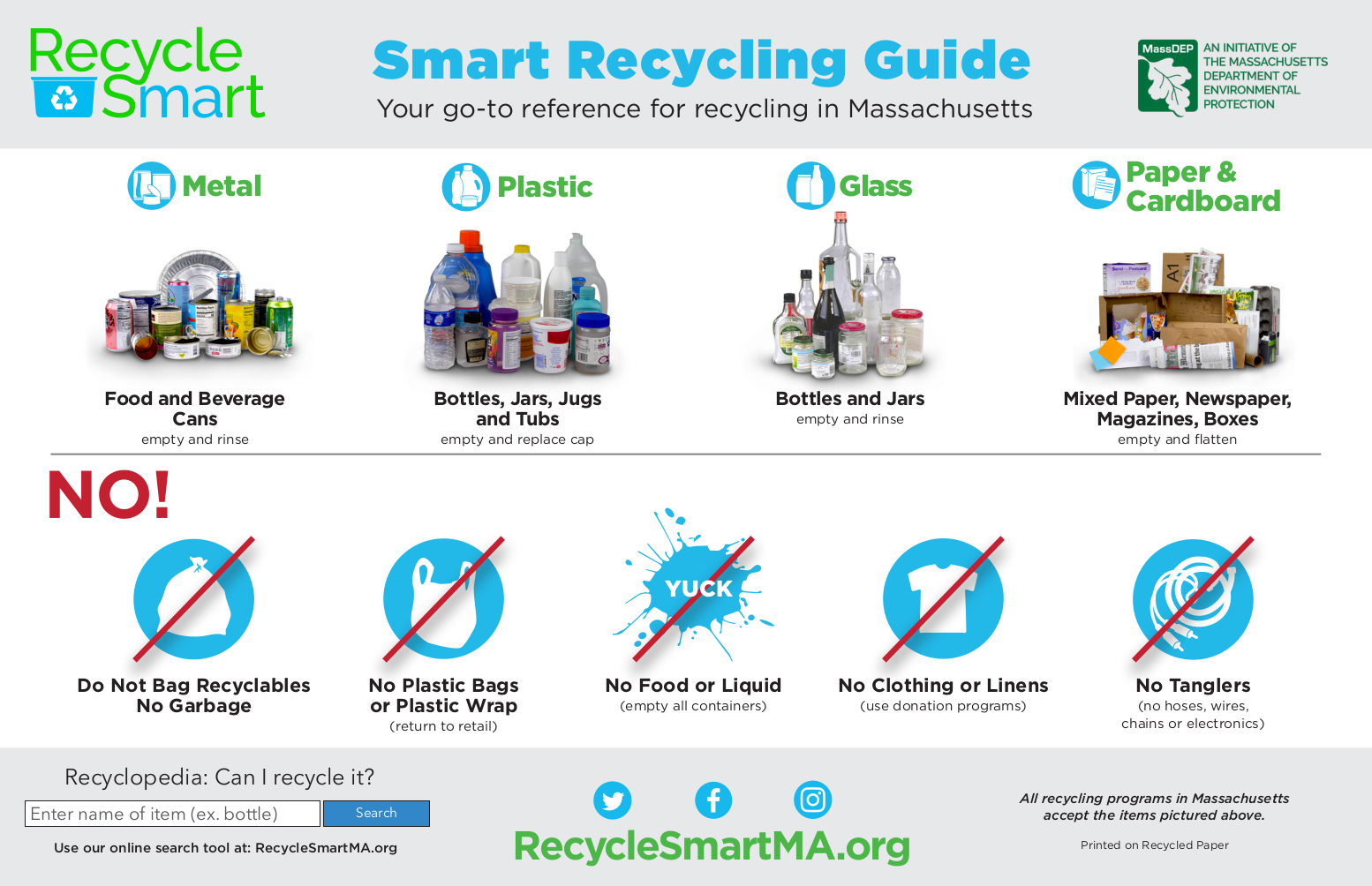As humanity grapples with our environmental impact, each individual and organization has the opportunity to make smarter choices that minimize harm to the planet.
To demonstrate how MiniCity does its part to promote a more sustainable, eco-friendly environment, we wanted to share the origins, materials, processes, and ultimate destinations of the components in our models.
In being one hundred percent transparent, we hope to gain your confidence in our commitment to not only deliver the most advanced 3D printed models, but to do so in the most responsible way possible. We are by no means experts in this field, so if you have other ideas as to how we can reduce our environmental impact or carbon footprint, we’d love to hear from you.
All of this is recyclable!
Components
MiniCity strives to use biodegradable materials, and whenever possible, purchase those materials from U.S. based suppliers. Here’s the complete list:
White PLA filament - filament and spools made in Indiana, USA; recyclable, biodegradable
White wood panel - made in China, purchased in bulk; biodegradable
Natural wood panel - birch wood, grown and assembled in Oregon, USA; biodegradable
Glue - made in USA
Gap filler - made in USA
Packaging
It’s easy to overlook the environmental impact of packaging supplies, and so we make sure to adhere to sound sustainability principles at this stage of the production cycle as well.
Bubble wrap (polyethylene) - made in New York, USA; easily reusable, recyclable.
Polyethylene planks - made in Michigan, USA; recyclable.
Product boxes - contain 40-45% recycled content; reusable, recyclable and biodegradable
Shipping boxes - cardboard, some made in New York, USA with 80% post-consumer content; reusable, recyclable and biodegradable
Tape - made in USA
Rigid envelopes - chipboard contains post-consumer content; recyclable and biodegradable
Paper - 100% post-consumer content; recyclable and biodegradable
Packaging a large MiniCity model of Kendall Square, Cambridge, Massachusetts
Shipping
Admittedly, we have far less control at this stage of the process. Still, we remain cognizant of our carbon footprint on this front.
We prefer to ship USPS, as they are the nationalized carrier in the USA, and have the largest regular delivery network (because special trips incur extra costs).
When we ship with Etsy, we elect to buy carbon offsets for shipping.
We are currently investigating carbon offsets for shipping for orders made at MiniCity.Art.
Where possible, we order far in advance and use ground shipping, as long-haul trucking emits less pollution than air freight (though still more than marine or rail).
Final Thoughts
We are pleased with what we’ve done so far to reduce our impact on the environment, while still providing unique works of art for your home or office. But we know that there is more that we can do to reach our ideals.
We hope you consider how your choices and actions matter to our interconnected world, and encourage you to prioritize practicality and beauty over consumption and waste.
Relevant links:
Recyclopedia (from my home state of Massachusetts, but generally relevant): https://recyclesmartma.org/
OECD report on pollution caused by various transportation methods: https://www.oecd.org/environment/envtrade/2386636.pdf
Your state or city likely has one of these - here’s ours!




